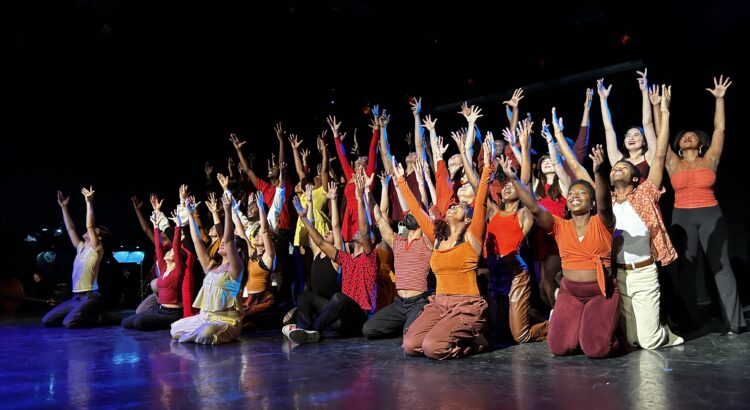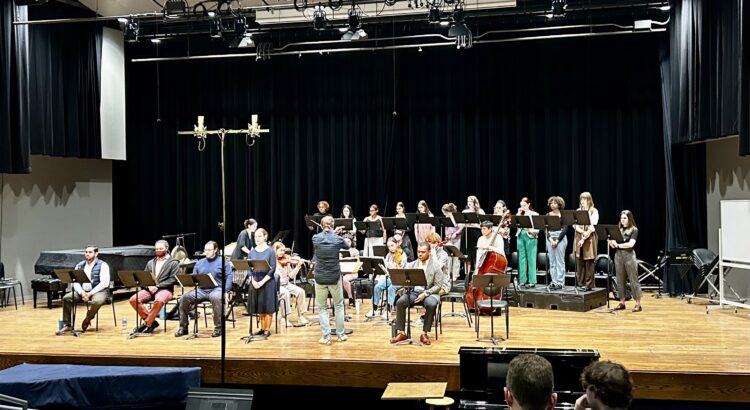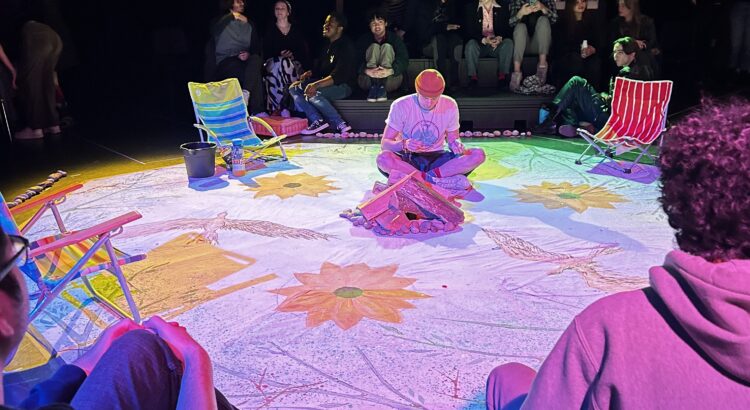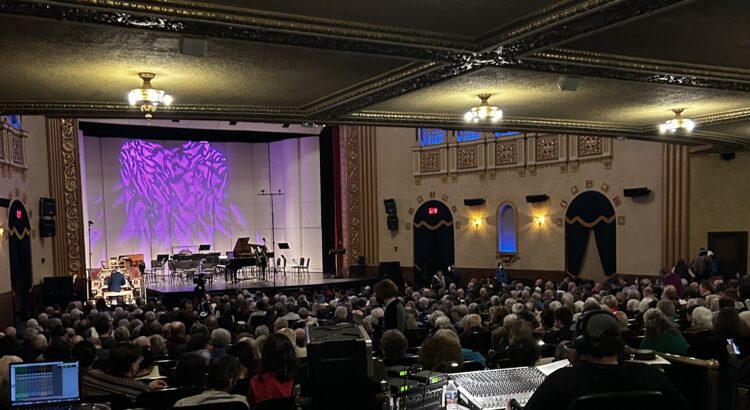Biennially, the students of the SMTD Department of Musical Theater put together a cabaret to uplift the diversity within their department. Color Cabaret features BIPOC performers from all four years of the department performing many Broadway Classics and music from the Musical Theater canon. The group hosted two shows on February 22nd at 7p and 11p; around 60 minutes and II Acts. The Towsley Studio in the Walgreen Drama Center was packed to the brim with some of the most eager family members, students, and colleagues I have seen at a student production.
The directors of this performance were Oluchi Nwaokorie and Haoyi Wen, along with music director Caleb Middleton and choreographers Abigail Aziz, Keyon Pickett, and Logan Saad. The show consisted of a collection of Musical Theater numbers, fully choreographed dances, lighting, and orchestrated with a five-piece band. The performers hosted infectious energy that bled through the room—vibrant dance numbers, satisfying harmonies, and one-of-a-kind arrangements.
Many of their numbers used Broadway tunes with rewritten lyrics by the performers describing the experience of People of Color and the stereotypes placed upon them. Arrangements, lyrics, and poems were re-written by many of the members of the Cabaret, including Alyssa Sunew, Ryo Kamibayashi, Brendan Johnson, Drew Perez Harris, Aaron Syi, Angeleia Ordoñez, Anna Zavelson, Aidan Jones. (Along with two additional arrangments by Stephanie Reuning-Scherer and Catherine Walker/Henry Crater).
Every single aspect of this performance was led and created by Students of Color. Directing, marketing, arrangements, lyric re-writes, choreography, lights, band and music direction (etc.). Each number was truly unique—from Part of You World performed in different languages, to a witty Book of Mormon rewrite and medleys from Once On This Island, Falsettos, High School Musical & Rogers & Hammerstein’s music, I was on the edge of my seat after each performance. This group truly created a beautiful piece of theater on a rather bleak February night.
Color Cabaret is an enormously special part of SMTD and a thrilling way to amplify BIPOC voices in the Musical Theater Department. Be sure to catch Color Cabaret in 2026 (if you’re still here!). Next, The Department of Musical Theater will perform A Little Night Music April 18-21, 2024. Tickets are available here.













